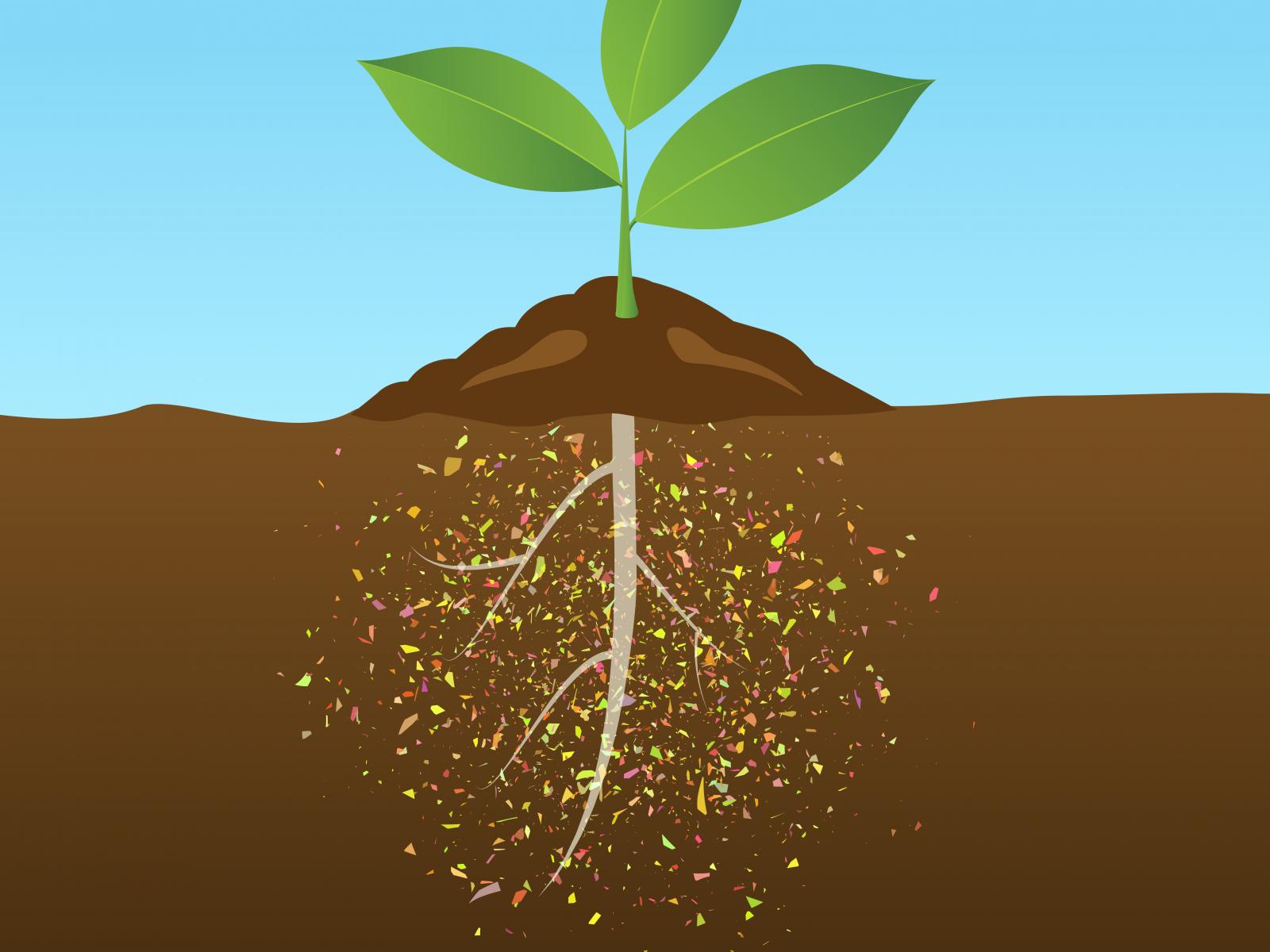Leaves Absorb Microplastics
Recently, a study revealed that plant leaves can absorb microplastics and nanoplastics directly from the air. This discovery marks the potential for these particles to enter the food chain. The research, conducted by multiple prestigious institutions, demonstrated how microplastics infiltrate plant tissues and may pose ecological and health risks.
What Are Microplastics?
Microplastics are plastic particles smaller than five millimetres. They originate from the breakdown of larger plastics due to environmental factors. There are two types – primary microplastics, which are manufactured for specific uses, and secondary microplastics, which result from the degradation of larger plastic items.
Pathways of Absorption in Plants
Plants absorb microplastics through stomata and the cuticle. Stomata are small pores that allow gas exchange. The cuticle is a waxy membrane that can trap these particles. Once inside, microplastics can move through plant tissues, potentially reaching roots. However, trichomes, hair-like structures on leaves, can limit their transport.
Concentrations of Microplastics in Plants
The concentration of microplastics in plants correlates with their presence in the surrounding air. Vegetables grown outdoors showed higher levels than those cultivated in greenhouses. Older plants and outer leaves contained more microplastics than younger or inner leaves.
Health and Ecological Risks
The accumulation of microplastics in plants raises concerns about their transfer to herbivores and humans. The study indicated that microplastics could pose serious health risks, including potential impacts on reproductive health. The full extent of these risks remains to be fully understood.
Month: Current Affairs - April, 2025
Category: Environment Current Affairs








